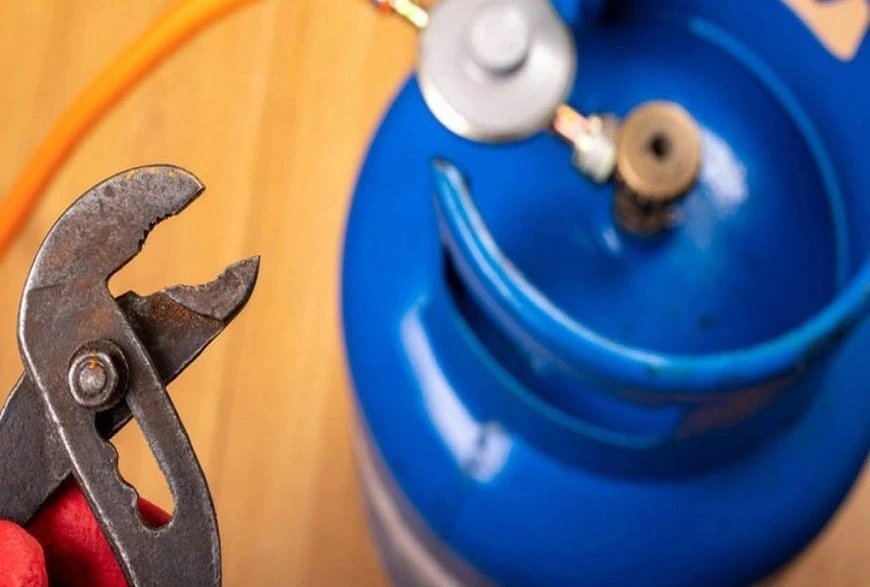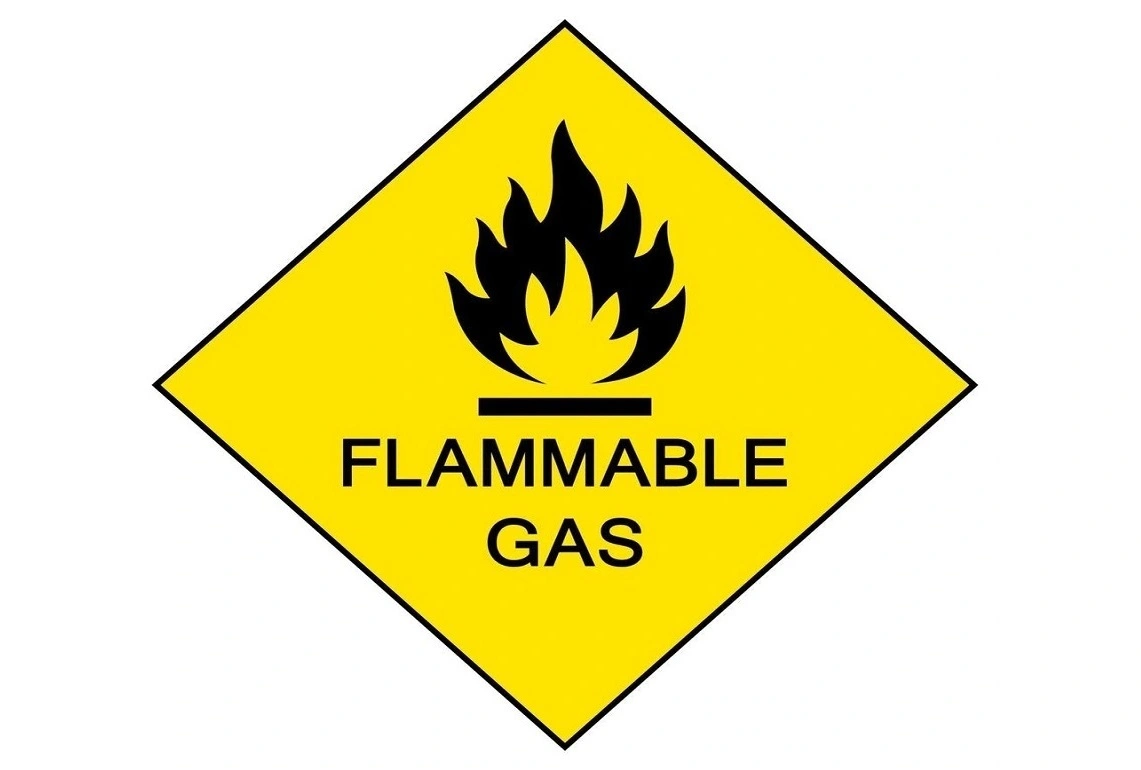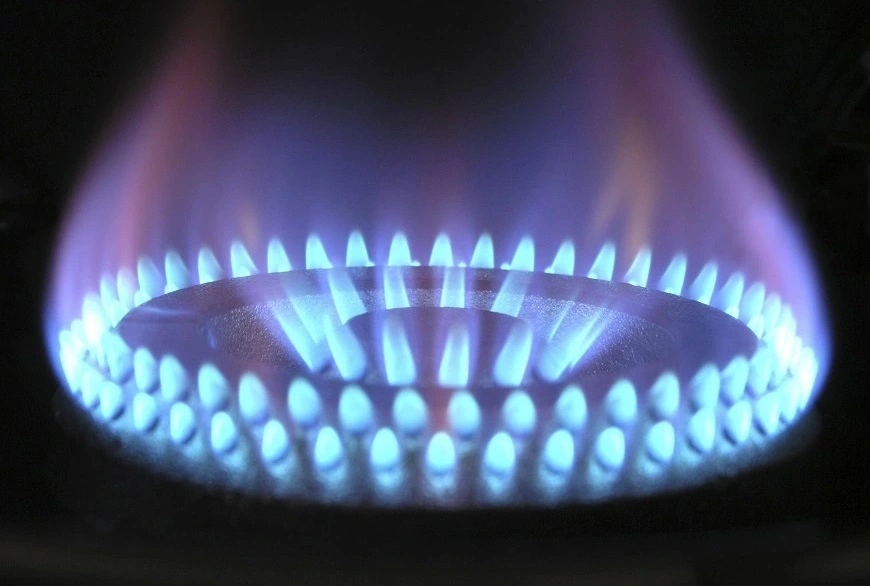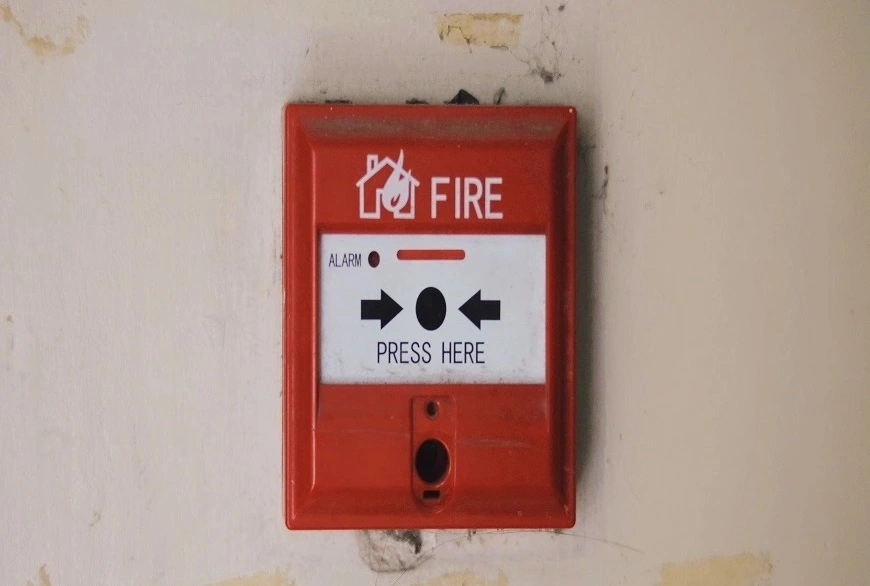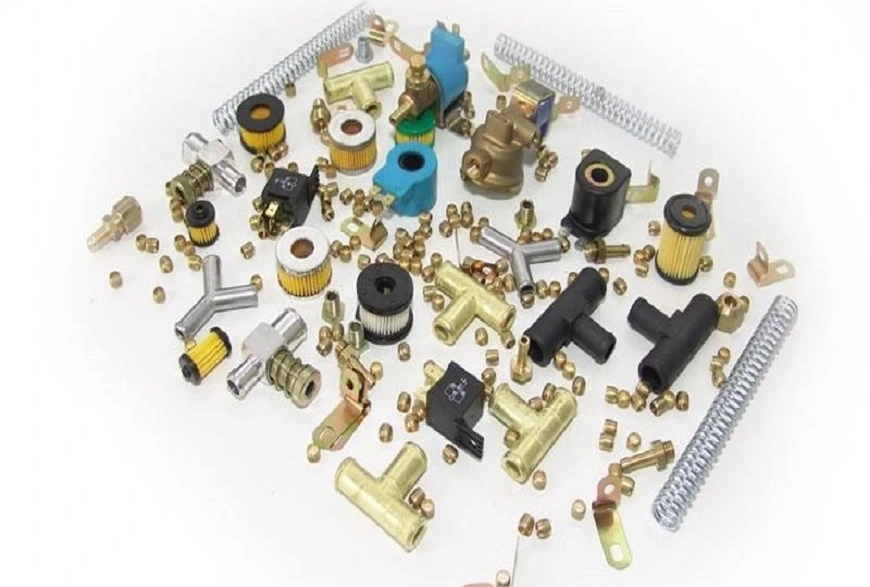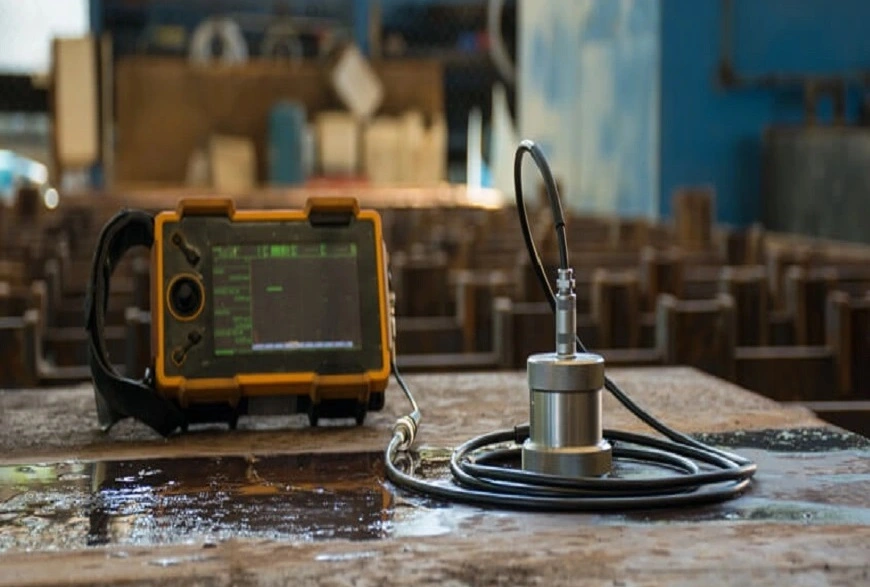Earthing of LPG Tanks
Installing earthing to a gas tank involves connecting a conductor, typically a copper wire, from the tank to a grounding rod buried in the ground. This creates an electrical connection between the tank and the earth, which helps to dissipate any static electricity that may build up on the surface of the tank. This is important because static electricity can potentially ignite the gas inside the tank, causing a fire or explosion.
The earthing conductor should be connected to the tank using a suitable connector and the grounding rod should be placed in an area with good conductivity, such as moist soil. It is important to note that this is a job that should be done by a qualified electrician or other professional with experience in gas tank earthing.
How earthing is done to an LPG Tank
- Locate a suitable spot for the grounding rod: The grounding rod should be placed in an area with good conductivity, such as moist soil. It should also be located close to the LPG gas tank.
- Drive the grounding rod into the ground: Use a manual or power-driven tool to drive the grounding rod into the ground to a depth of at least 6 feet.
- Attach the grounding wire to the tank: Use a suitable connector to attach the grounding wire to the LPG gas tank. Make sure that the connection is secure and will not come loose over time.
- Run the grounding wire to the grounding rod: Route the grounding wire from the LPG gas tank to the grounding rod. The wire should be buried underground to protect it from damage.
- Connect the grounding wire to the grounding rod: Use a connector to attach the grounding wire to the grounding rod. Make sure that the connection is secure and will not come loose over time.
- Test the grounding system: Use a continuity tester to check that there is an electrical connection between the LPG gas tank, the grounding wire, and the grounding rod. The tester should indicate continuity between these three points.
- Repeat the process for all LPG gas tanks on the property: Repeat the process for all LPG gas tanks on the property, making sure that each tank is properly grounded and that all grounding wires are securely connected to the grounding rod.
It's very important to note that this is a job that should be done by a qualified electrician or other professional with experience in gas tank earthing. Improper installation can pose a serious risk of fire or explosion, so it is important to follow proper safety procedures and guidelines


